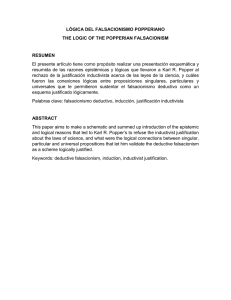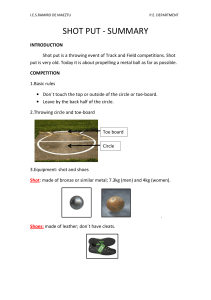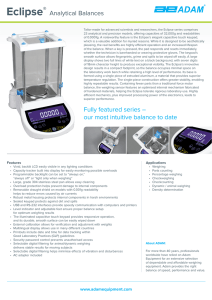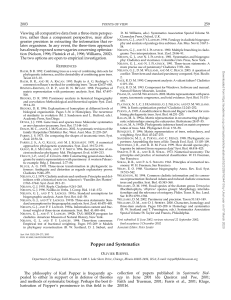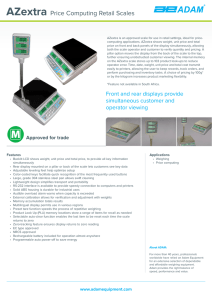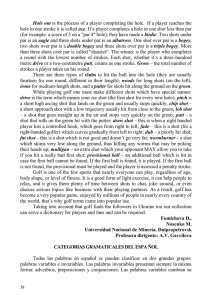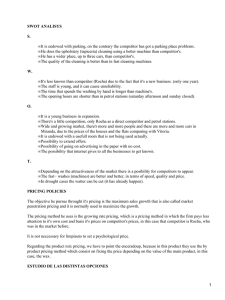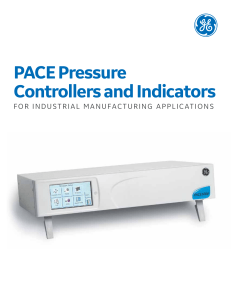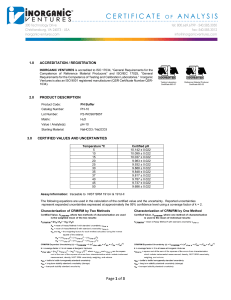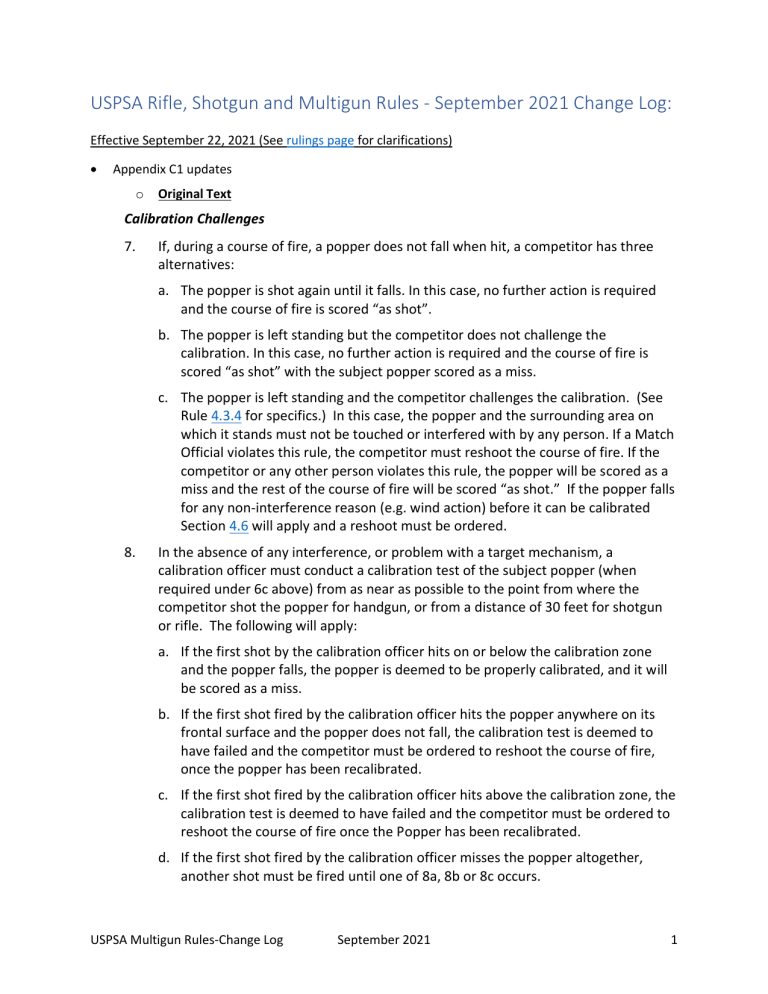
USPSA Rifle, Shotgun and Multigun Rules - September 2021 Change Log: Effective September 22, 2021 (See rulings page for clarifications) • Appendix C1 updates o Original Text Calibration Challenges 7. If, during a course of fire, a popper does not fall when hit, a competitor has three alternatives: a. The popper is shot again until it falls. In this case, no further action is required and the course of fire is scored “as shot”. b. The popper is left standing but the competitor does not challenge the calibration. In this case, no further action is required and the course of fire is scored “as shot” with the subject popper scored as a miss. c. The popper is left standing and the competitor challenges the calibration. (See Rule 4.3.4 for specifics.) In this case, the popper and the surrounding area on which it stands must not be touched or interfered with by any person. If a Match Official violates this rule, the competitor must reshoot the course of fire. If the competitor or any other person violates this rule, the popper will be scored as a miss and the rest of the course of fire will be scored “as shot.” If the popper falls for any non-interference reason (e.g. wind action) before it can be calibrated Section 4.6 will apply and a reshoot must be ordered. 8. In the absence of any interference, or problem with a target mechanism, a calibration officer must conduct a calibration test of the subject popper (when required under 6c above) from as near as possible to the point from where the competitor shot the popper for handgun, or from a distance of 30 feet for shotgun or rifle. The following will apply: a. If the first shot by the calibration officer hits on or below the calibration zone and the popper falls, the popper is deemed to be properly calibrated, and it will be scored as a miss. b. If the first shot fired by the calibration officer hits the popper anywhere on its frontal surface and the popper does not fall, the calibration test is deemed to have failed and the competitor must be ordered to reshoot the course of fire, once the popper has been recalibrated. c. If the first shot fired by the calibration officer hits above the calibration zone, the calibration test is deemed to have failed and the competitor must be ordered to reshoot the course of fire once the Popper has been recalibrated. d. If the first shot fired by the calibration officer misses the popper altogether, another shot must be fired until one of 8a, 8b or 8c occurs. USPSA Multigun Rules-Change Log September 2021 1 9. o Note that authorized metal plates are not subject to calibration or challenge (see Rule 4.3.5). Revised text Calibration Challenges 7. If, during a course of fire, a popper does not fall when hit, a competitor has three alternatives: a. The popper is shot again until it falls. In this case, no further action is required, and the course of fire is scored “as shot” with the subject popper scored as a hit. b. The popper is left standing, but the competitor does not challenge the calibration. In this case, no further action is required, and the course of fire is scored “as shot”, with the subject popper scored as a miss. c. The popper is left standing, and the competitor challenges the calibration. (See Rule 4.3.4 for specifics.) In this case, the popper and the surrounding area on which it stands must not be touched, painted, or interfered with by any person. If a Match Official violates this rule, the competitor must reshoot the course of fire. If the competitor or any other person violates this rule, the popper will be scored as a miss and the rest of the course of fire will be scored “as shot”. If the popper falls for any non-interference reason (e.g. wind action), before it can be calibrated, 4.6 will apply and a reshoot must be ordered. 8. In the absence of any interference, or problem with a target mechanism, the Range Master must first visually inspect the popper for defects or obstructions. If none are found, he must conduct a calibration test of the subject popper (when required under 7c above), from as near as possible to the point from where the competitor shot the popper for handgun, or from a distance of 30 feet for shotgun or rifle. The following will apply: a. If the first shot fired by the Range Master hits the popper anywhere on its frontal surface and the popper does not fall, the calibration test fails, and the competitor must be ordered to reshoot the course of fire once the popper has been recalibrated. b. If the first shot fired by the Range Master hits above the calibration zone, the calibration test fails, and the competitor must be ordered to reshoot the course of fire once the popper has been recalibrated. c. If the first shot fired by the Range Master misses the popper altogether, another shot must be fired until either 8a or 8b occurs. d. If the first shot by the Range Master hits on or below the calibration zone and the popper falls, the Range Master shall require the popper to be reset to its upright position and repeat the calibration process per 8a, 8b, and 8c above. If the popper falls to the calibration shot once again, the popper is deemed to be properly calibrated, and it will be scored as a miss. It is strongly suggested that USPSA Multigun Rules-Change Log September 2021 2 the RM request the person originally setting the popper to reset it, to determine if that action may have caused the popper to function improperly. 9. Note that authorized metal plates are not subject to calibration or challenge (see Rule 4.3.5). USPSA Multigun Rules-Change Log September 2021 3
